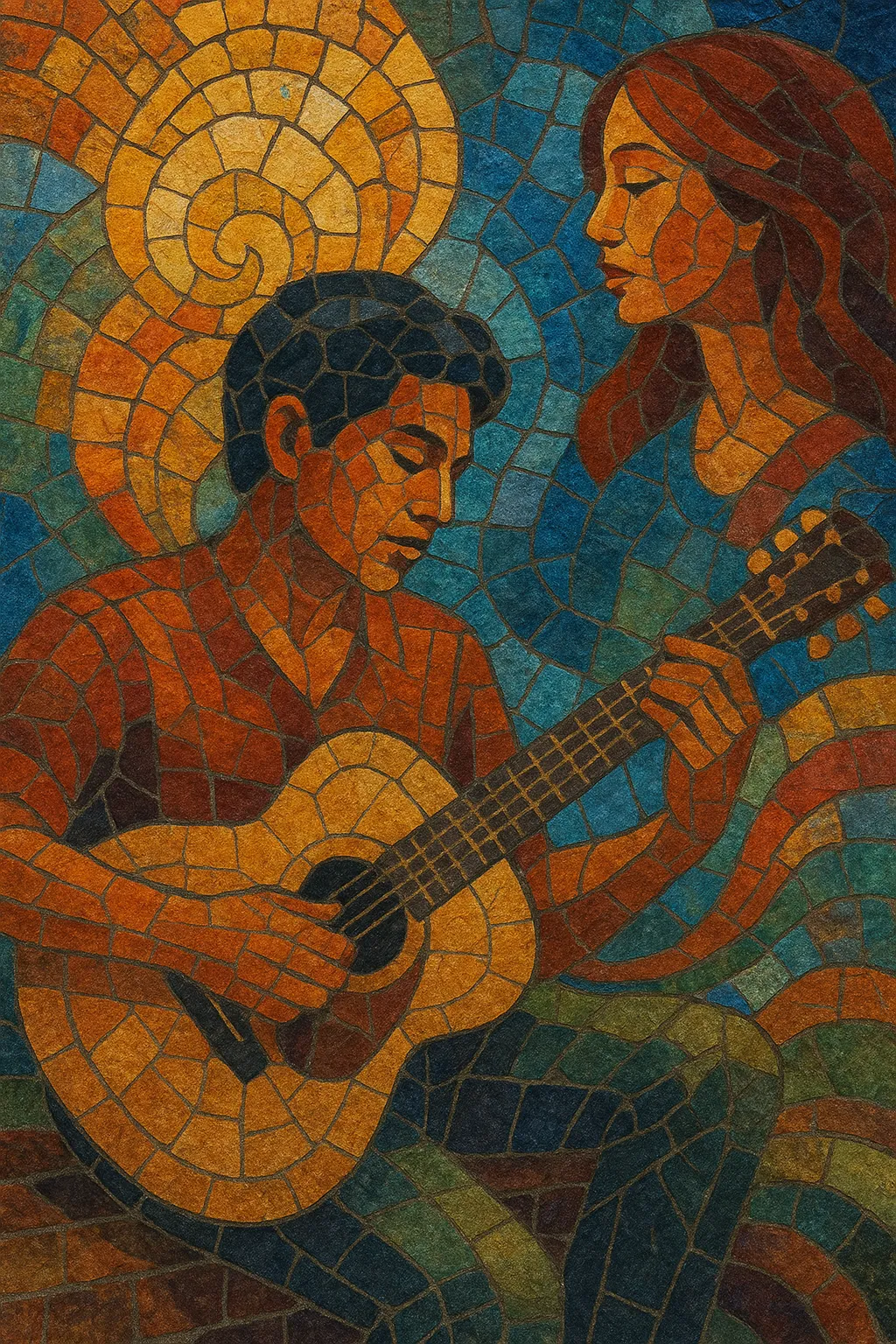OPM (Original Pilipino Music) is the umbrella term for Filipino popular music, encompassing mainstream pop, soft rock, ballads, and band music primarily sung in Filipino languages (especially Tagalog) as well as English. The tag crystallized in the 1970s alongside the Manila Sound movement and the formation of a modern local recording industry that foregrounded Filipino songwriting and artists.
Stylistically, OPM blends Western pop/rock and soul with indigenous and Hispanic-influenced Filipino song traditions such as kundiman and harana. Melodies tend to be singable and emotive, harmony is diatonic with occasional modulations, and lyrics often revolve around love, nostalgia, family, and national identity. Across decades, OPM has continually evolved—from disco-tinged 70s pop and 80s power ballads to 90s alternative band culture and today’s polished pop and R&B—while remaining distinctively Filipino in sensibility and storytelling.
The term “Original Pilipino Music” gained currency in the 1970s as the Philippine music industry professionalized and a national pop identity emerged. In parallel, the Manila Sound movement normalized Filipino-language pop on radio and television. Songwriters and bands fused Western pop/rock and soul with Filipino melodic and lyrical sensibilities rooted in kundiman and harana traditions.
The 1980s saw OPM flourish in the form of power ballads, soft rock, and adult contemporary pop. Major labels backed singer-songwriters and television variety shows amplified hits, cementing OPM as the sound of mainstream Filipino culture at home and among the diaspora.
The 1990s ushered in a band-driven alternative rock wave that refreshed OPM’s image. College radio, live venue circuits, and independent labels supported acts that wrote witty, socially aware, and highly melodic songs, expanding OPM beyond balladry into alternative rock, pop-rock, and indie-leaning sounds.
With the rise of digital platforms, OPM diversified into R&B, hip-hop, indie folk, and EDM-inflected pop, while ballads and pop-rock remained dominant. Independent scenes thrived alongside mainstream television-driven pop, and cross-language songwriting (Tagalog/English and regional tongues) continued to be a hallmark.
Contemporary P-pop groups and singer-songwriters leverage K-pop-level production standards, social media, and streaming to reach global audiences. While aesthetics modernize, the OPM identity—memorable melodies, heartfelt narratives, and a Filipino point of view—remains central.


